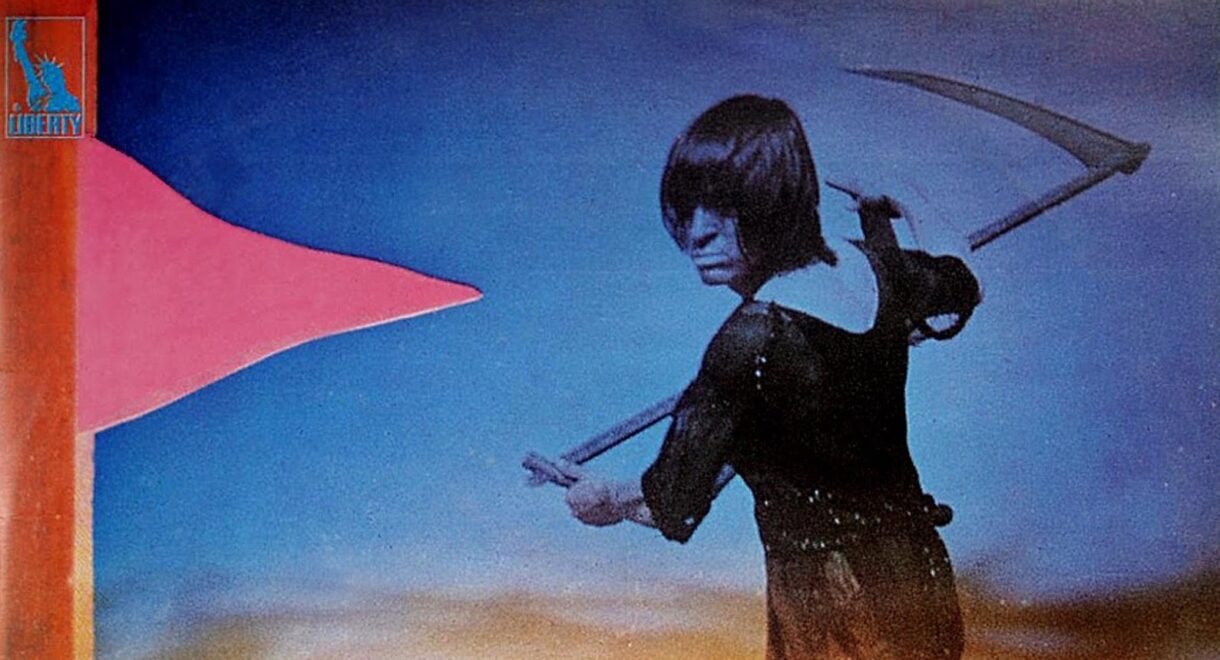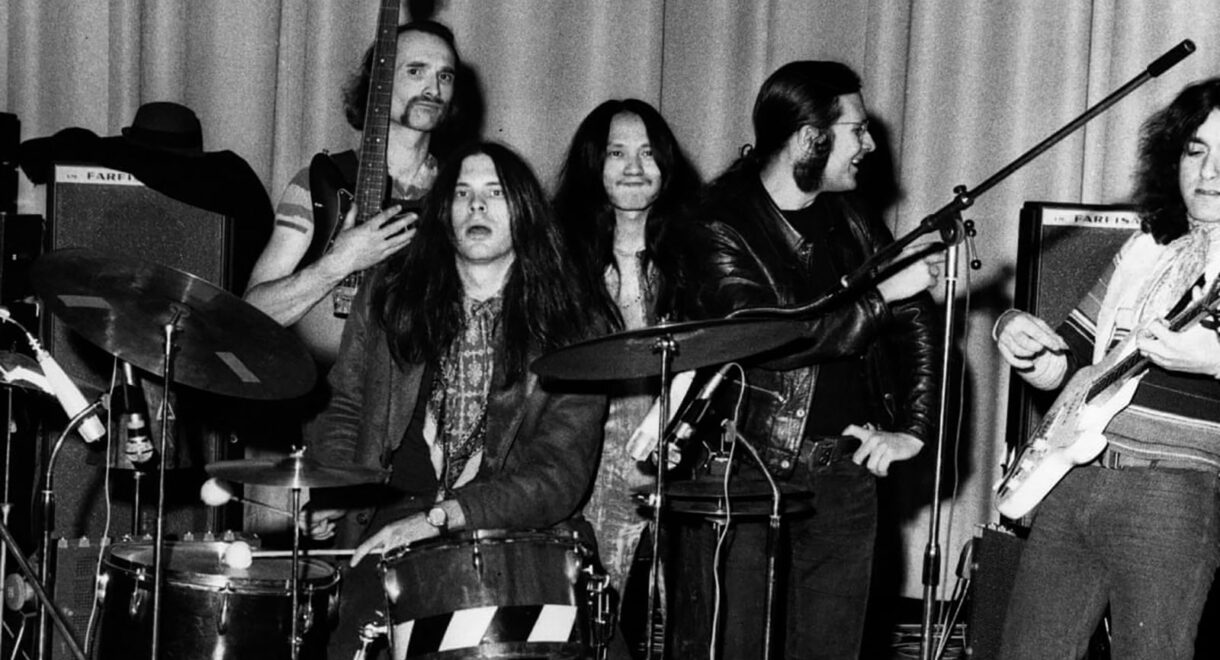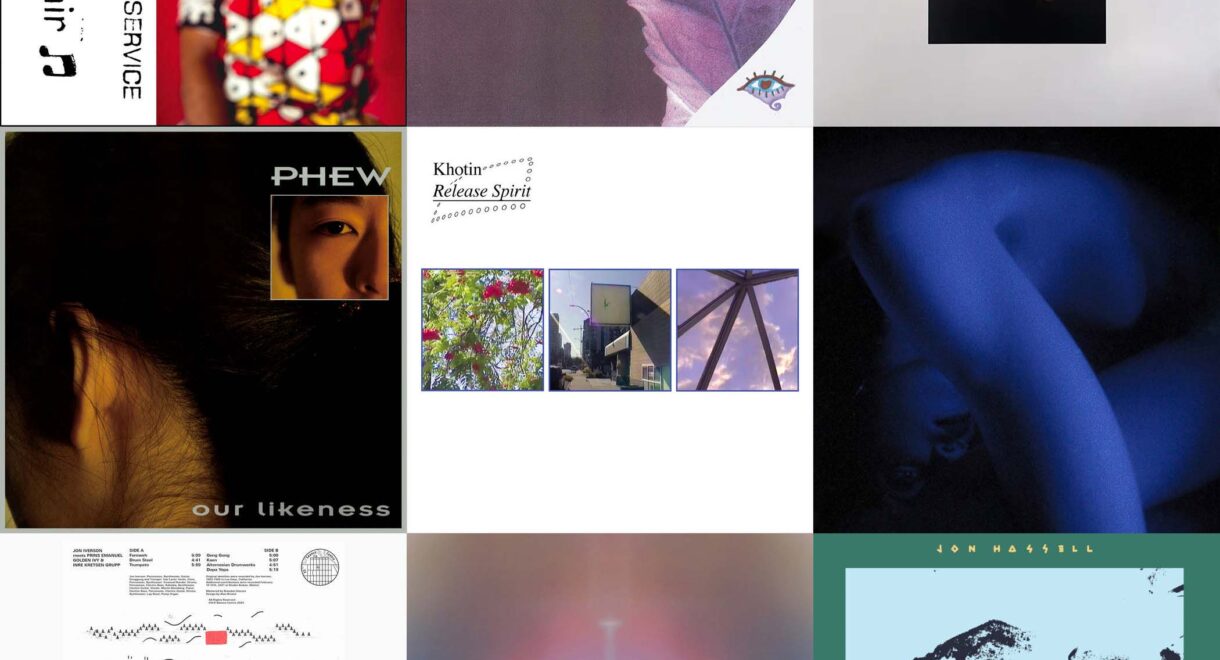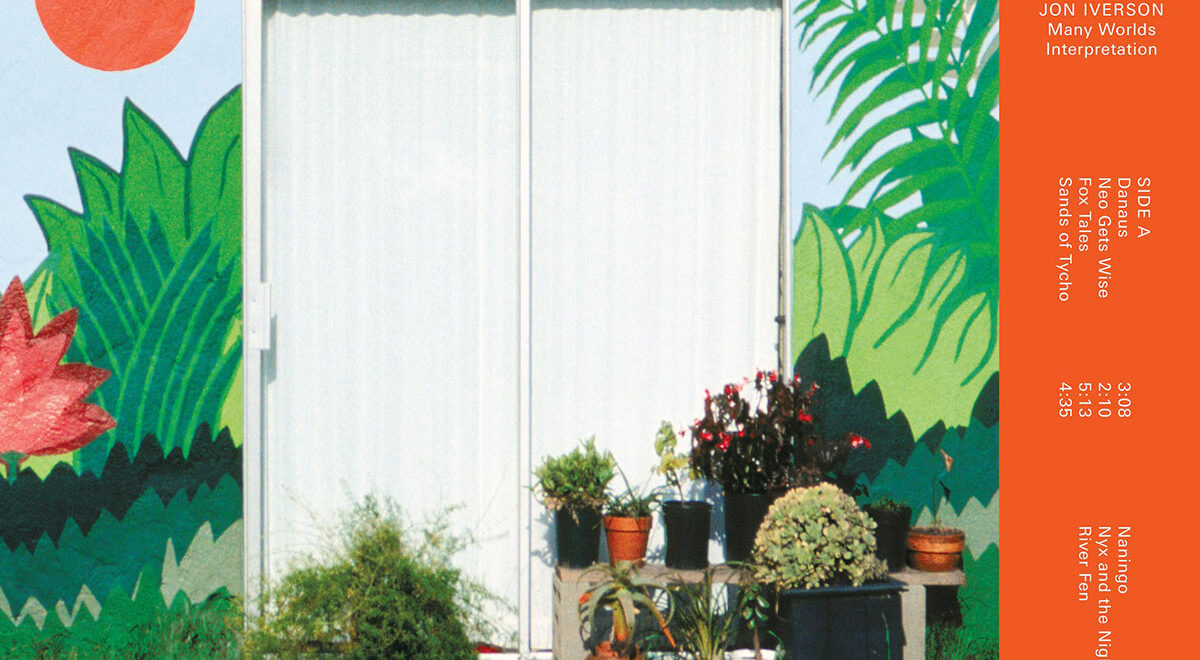In Krautrocksampler, his great book about German cosmic music, the musician, collector and writer Julian Cope describes the sensation of being a fan of Can, Neu!, Cluster, Amon […]
The Eden of Kraut Rock: The Sounds and Stories of the Zodiak Free Arts Lab

Tracing the impact of seminal kraut rock bands like Tangerine Dream, Harmonia, Ash Ra Temple, and more.
As a generation of youths of came of age in 1960’s Germany, they were forced to confront the legacy of horrors in the wake of the fall of the Nazis empire. When the Nazi propaganda minister Joseph Goebbels, had his reign over the radio, he filled it with saccharine, serotonin-inducing pop hits. The eerie intent was to distract civilian Germans from one of the darkest chapters of contemporary history.
The sonic catharsis from World War II took many forms around the world, and in West Berlin the Zodiak Free Arts Lab was the creative laboratory for people who deeply craved to heal this dissonance. Tangerine Dream, Ash Ra Tempel, and a host of others developed their sound and community at “Zodiak Club”, in the short but impressively impactful 8 months it had it’s doors open.
When Conrad Schnitzler, Hans-Joachim Roedelius and Boris Schaak created the space, they found a shared language to process the fracture in time they all felt. It was a wildly welcoming space for the counterculture, and cultivated with it an intensely cathartic venue that tapped a wellspring of culture.
Rodelius had the most surprising origin story of the three: As a child he was an actor in Goebbels’ propaganda campaigns. He had no musical training but found himself drawn to the burgeoning avant-garde scene, which he found brutally honest and raw. He and the other two founders concurrently started the band Human Being, and took on the concept of war head on with foreboding oppressive drones that call out from the dark.
Though Schnitzler was born into a family of musicians, he wanted nothing to do with music training and initially took a job in a textile factory instead. Moved by the sounds of clamoring metal and the other sounds of industry he found himself surrounded by, he started reassessing. His work, too, was defined into the overly broad classification of “Krautrock,” though it carried the signature feeling of looming seriousness.
It’s best to get to know the Zodiak Free Arts Lab through the music that was born in or directly effected by the space. Below are some essential tracks from some of those artists with a surviving video of the space to kick things off.
After watching this video, It may be less of a surprise that Zodiak was considered to be a nuisance by neighbors. It was the scene similar to the broader counterculture evolving across the world as a more liberal generation rebelled against conservative communities that tried to keep them tamed. Clouds of cannabis and tobacco smoked clouded the crowds in and outside the venue. Unsettling creaks of improvised instruments and voices emanated from the building, which gave the disgruntled a cause to involve the police.
Tangerine Dream – A Journey of a Burning Brain (1970)
Though Tangerine Dream wasn’t exactly a house band of the Zodiak Club, they played unpaid sets there often for hours at a time. This track comes off their first record, Electronic Meditation, and is the closest, temporally, to their early shows.
Agitation Free- You Play For Us Today (1972)
Agitation Free was the official house band of the Zodiak Club, and they shared a studio with Ash Ra Tempel and Tangerine Dream. Not only did the bands work in shared spaces, but members would carousel between them, which created a sonic throughline.
Ton Steine Scherben – Mein Name ist Mensch (1971)
Tom Steine approached his music more traditionally than most of the other artists. Which is to say, even though the Zodiak Free Arts Lab was the home of noise, there was also space for other perspectives.
Human Being – Live at The Zodiak (1968)
Sonically, Human Being was overwhelmingly dark and its meditative style reflected the Post-War psychic wounds that the new generation was grappling with. The only available Human Being recording is this extended jam at Zodiak in 1968.
Harmonia – Watussi (1974)
Part of the secret behind the the entracing pull of much of Harmonia’s albums is the motorik rhythm that tirelessly drives the track. Harmonia’s Dieter Moebius was also in Cluster with Roedelius.
Walter Wegmüller – Die Sonne (1974)
Wegmüller teamed with Zodiak frequenters Karl Schultz and Manuel Göttsching to create the much converted record Tarot, which is a deeply emotional work that offers a complimentary but wholly unique take on music at the time.
Ash Ra Tempel – Deep Distance (1976)
Manuel Göttsching’s first prominent project, Ash Ra Tempel, carries with it a whimsical, cosmic ambient environment. Göttsching was a part of the music world at Zodiak Club, and offered a softer side of krautrock.
Cluster – Klopfzeichen (1971)
Cluster is much more in line with Human Being and Rodelius’ noisy creations than its other Zodiak Club project, Geräusche. The name was later carried by Conrad Schnitzler alone in 1996 and remains a solo project.










